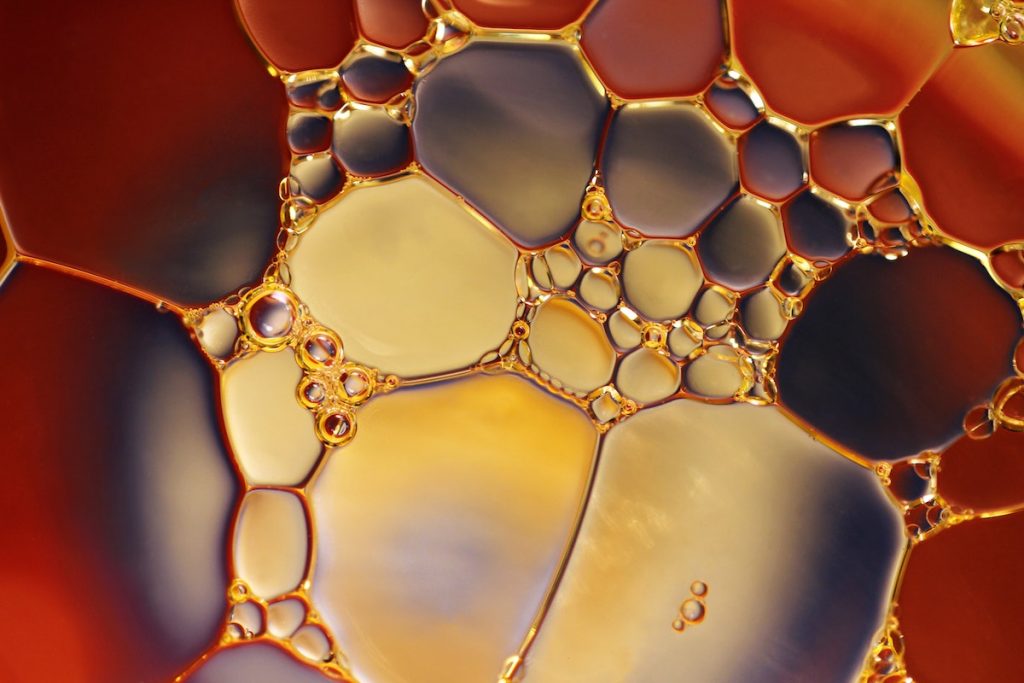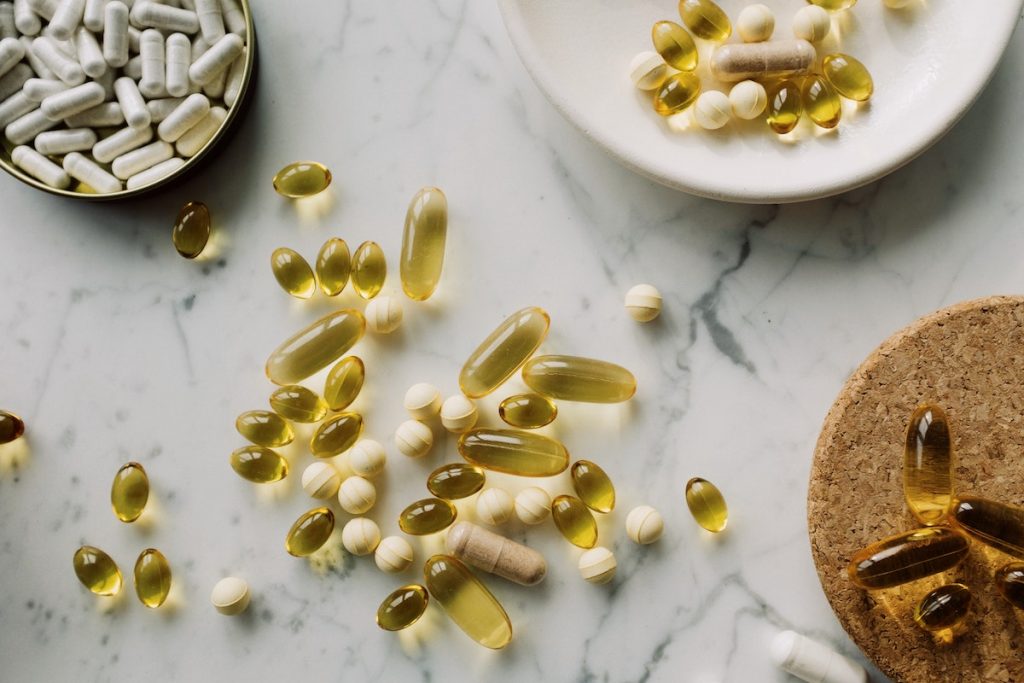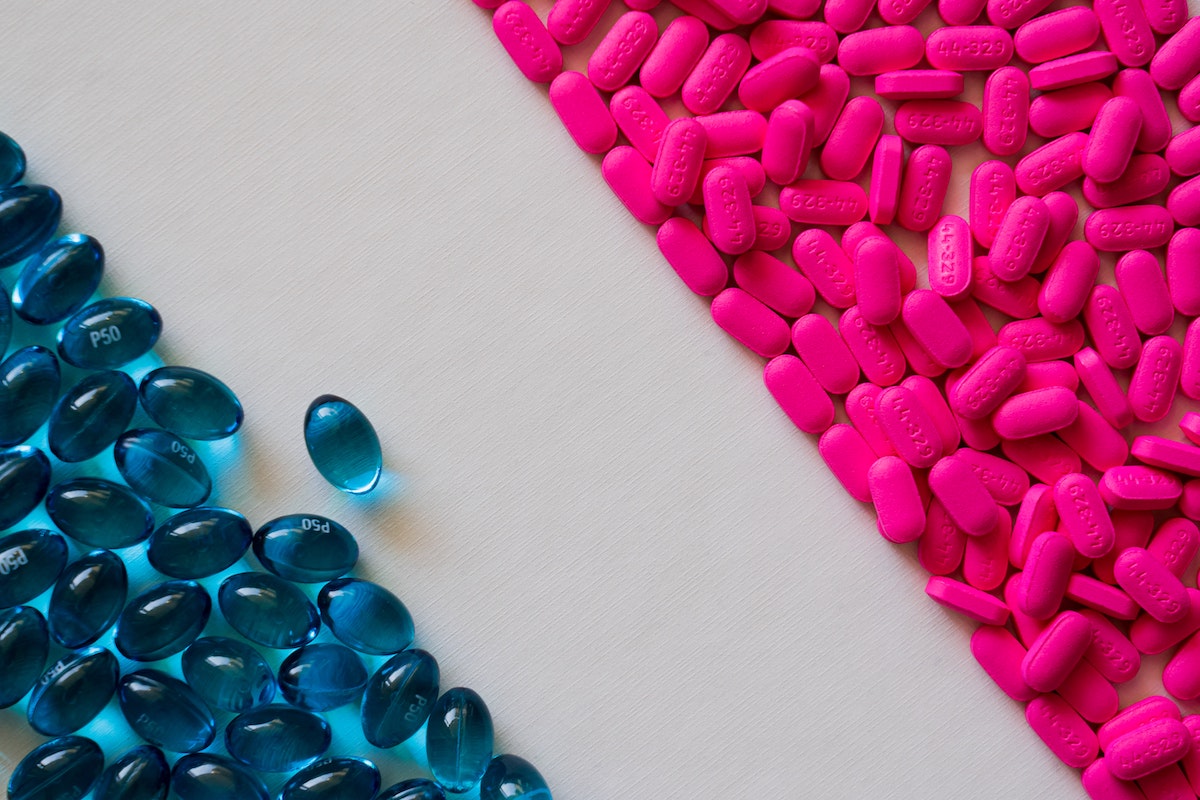What comes to mind when someone says “steroids”? When people think about steroids, they mostly think about doping and anabolic steroids. But there’s so much more to these substances than ‘roid rage and causing palumboism. For one thing, steroids naturally occur in the body and are essential in several key processes. Chief among these processes is adolescence or puberty, a period marked by muscle and skeletal growth.
Discover what do fats, steroids and waxes have in common, if there are bodybuilding supplements that work like steroids and the different types of naturally occurring steroids in both plants and animals.
Learning more about the mechanics and distinctions of steroids can help you understand it and why some people abuse it.
What do Fats, Steroids and Waxes Have in Common?

Fats, steroids and waxes all naturally occur in the body. But what do fats, steroids and waxes have in common?
They all share low solubility in water, meaning they don’t dissolve when immersed in water. This is possible because they’re all comprised of fatty acids and are therefore known as lipids. These acids are secured by double bonds of carbon chains, meaning they’re more resistant to dissolution.
Lipids serve many different functions in the body. Fats help store energy, insulated the body and protect organs from infection. Steroids help regulate body functions.
Are There Naturally Occurring Steroids?

As noted above, there are several naturally occurring steroids in the body. However, there are ways to manufacture artificial steroids. It’s this distinction between man-made substances that leads to arguments about natural growth versus steroid-induced growth.
Below are several naturally occurring steroids in the human body.
- Cortisol. You’re probably aware of cortisol because you have a tube or bottle of its man-made alternative cortisone ready for allergy season. Cortisone can be taken as an oral tablet or applied on skin in case of rashes and similar dermal problems.
- Testosterone. Testosterone is an androgenic steroid, meaning it naturally occurs in the male body. Testosterone serves many roles in the human body, such as facilitating muscle and bone growth, regulating temper and managing the sex drive.
- Creatine. This yet another naturally produced steroid formed from amino acids. This substance is usually stored in the skeletal system, with a few percentages stored in the brain itself. This substance is also found in red meat and is responsible for increasing body mass.
- Cholesterol. Yes, cholesterol is a steroid and it occurs naturally inside your body. It’s the most abundant, naturally occurring steroid in the body. It’s supposed to help break down the fats you eat. It also protects cell membranes.
What Supplements or Food Mimic or Contain Steroids?

Steroids occur naturally not just in the human body, but also in select animal and plant life as well. Athletes, who are part of the argument between natural versus steroid growth, often eat these food products in high volumes to perfect their bodies. Professional models and enthusiasts look for bodybuilding supplements that work like steroids to avoid charges of doping in professional sports. Some of them are over-the-counter medications and some can be acquired by eating certain food.
If you’re looking for alternative medication or plan on bulking up naturally, these are foods and supplements you should stock up on.
- Zinc. Zinc is an essential mineral that your body loses whenever it sweats. Zinc is important in keeping your body healthy by boosting the immune system and it’s also an anabolic steroid, meaning it helps create bigger muscles. You can buy zinc as a concentrated mineral supplement in tablet form or you can eat in poultry products, especially eggs. Lentils and legumes, such as beans and peas, are also loaded with zinc. Incorporating these foods in your diet can ensure a healthy dose of zinc.
- Magnesium and Vitamin D. These two substances must be taken in together because without one, the other doesn’t do much to contribute to your body’s processes or its muscular growth. Vitamin D can be freely acquired through adequate sunlight exposure or you can take oral supplements in the form of pills. However, vitamin D needs both sunlight and magnesium to activate. Magnesium itself also needs vitamin D to create testosterone. Magnesium-rich food includes seeds and nuts, such as pumpkin seeds, almonds and cashews.
- Spinach. Yes, spinach isn’t a steroid or a similar substance, but it is full of magnesium, which your body needs to produce testosterone. A single package of spinach can contains approximately 280 grams of magnesium in its green leaves. You can eat as part of a green shake or as a salad ingredient.
- Quinoa. While zinc and magnesium occur naturally in meat and poultry, you may be hesitant to eat them if you’re watching out for your health or a vegetarian or vegan. Quinoa is a South American grain that you can substitute for meats and its full of proteins as well as both zinc and magnesium.
Steroids are often generalized into just anabolic steroids, which are man-made substances. Understanding that there’s more to them, such as what steroids have in common with fats and waxes, how to acquire more of them naturally, can help you educate others.




